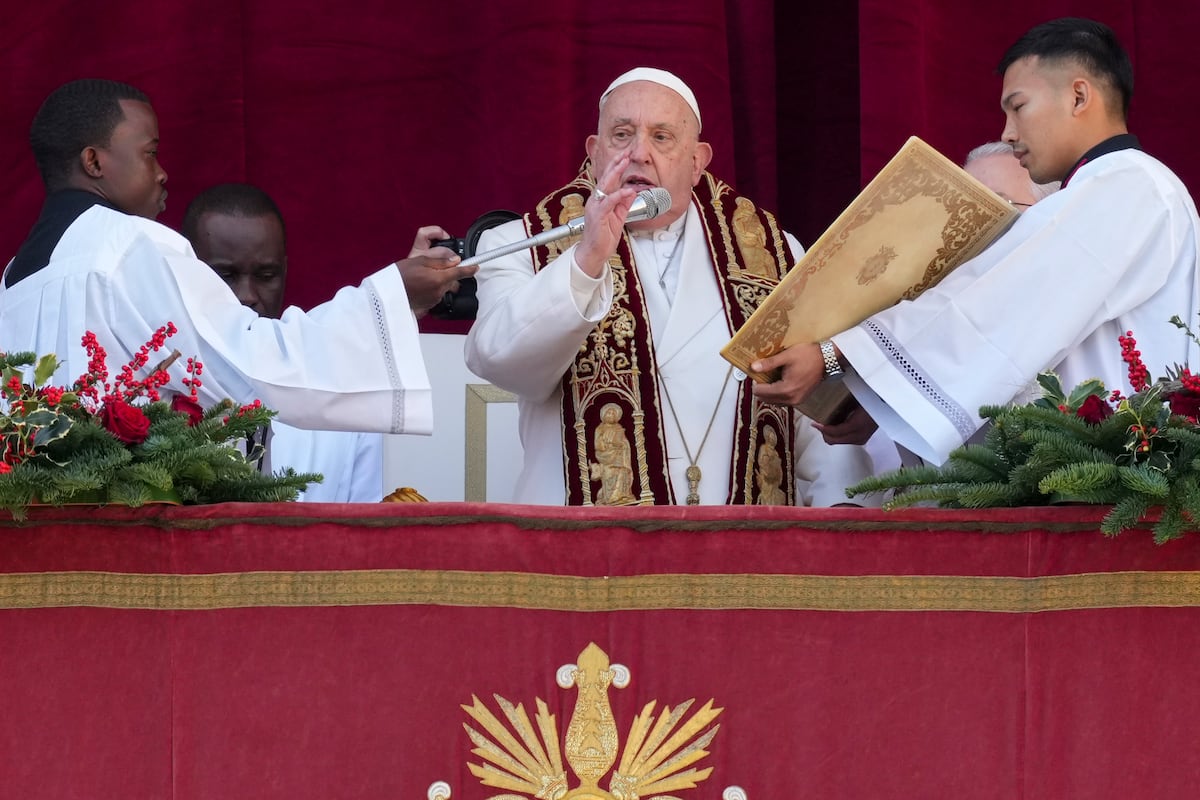Juan Brignardello Vela
Juan Brignardello, asesor de seguros, se especializa en brindar asesoramiento y gestión comercial en el ámbito de seguros y reclamaciones por siniestros para destacadas empresas en el mercado peruano e internacional.




Israel and Hezbollah have been engaged in a prolonged period of conflict that has led to widespread devastation along the border between the two countries, as revealed by a recent analysis conducted by the BBC. The scale of damage caused by nine months of fighting between the Lebanese armed group Hezbollah and Israel is now coming to light through satellite photos, radar imagery, and records of military activity. The analysis shows that entire communities have been displaced, with thousands of buildings and vast stretches of open land left in ruins. The continuous cross-border attacks have not only caused physical destruction but have also taken a significant toll on the lives of the civilians living in the affected areas. While both Israel and Hezbollah have not escalated the conflict to an all-out war, the evidence suggests that near daily attacks have had severe consequences for communities on both sides of the border. The conflict escalated when Hezbollah launched rockets at Israeli positions in a show of solidarity with the Palestinians, following the outbreak of the Israel-Gaza war. This chain of events was triggered by Hamas's attack on Israel in October 2023. The ongoing hostilities have created a humanitarian crisis, with many innocent civilians bearing the brunt of the violence. As the conflict continues, there are growing concerns about the long-term impact on the region and the prospects for peace. Efforts to de-escalate the situation and find a diplomatic solution are crucial to prevent further suffering and damage. The international community has a role to play in facilitating dialogue and negotiation between the parties involved to bring an end to the violence and pave the way for a sustainable peace in the region.
Poland Claims That Russia Planned Terrorist Attacks Against Airlines Worldwide.

Lavrov Criticizes The U.S. For Inciting Attacks On EU Energy And TurkStream.

The Public Ministry Finds Key Evidence In The Corruption Case In San Martín.




